5 Chapter 5: Social Stratification – What Determines Your Culture?
Global Stratification
Chapter one talked about our ancestors going back tens of thousands of years. In the earliest stages of human life on Earth, assuming that most people would have been more or less equal wouldn’t be out of the realm of possibility. There were no fancy cars or even money to differentiate statuses (e.g., rich or poor). But as the social structure took shape (roughly 10,000 years ago), it began to be stratified. Social stratification refers to the ranking of people and the rewards they receive based on social factors. Society is organized into hierarchical layers or levels, with individuals or groups occupying different positions based on their social status, power, and wealth. This creates unequal access to resources, opportunities, and privileges, contributing to social and economic inequality. Social class, gender, race, ethnicity, and age affect social stratification. We will discuss some of these characteristics below and the others later in the book. However, it is essential to note that social stratification is a shaped feature of society, not simply a ranking of individual differences. Each method of stratification tends to endure from generation to generation. Stratification persists because ideology supports it. Ideology is cultural beliefs that justify various social arrangements, including inequality. All societies have systems by which they stratify or rank their members. But we can also see how the world is stratified globally, for example, between countries.

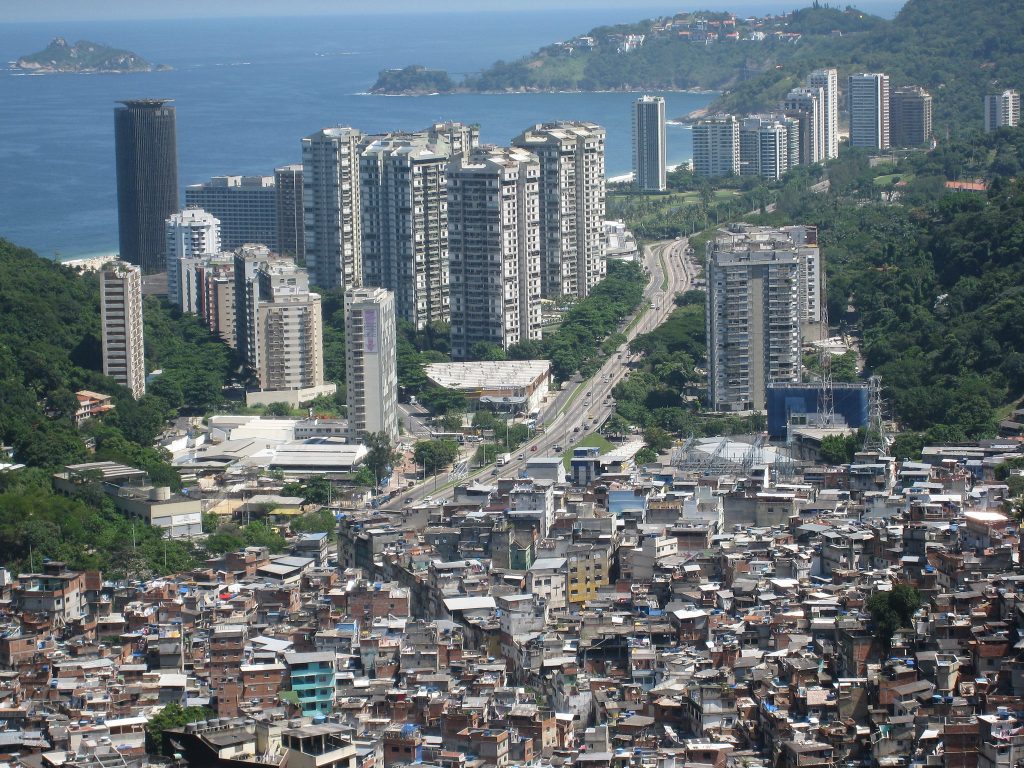 Figure 5.1: In geology, stratification refers to the layering of rocks or sediments. In sociology, it divides a society or a group of people into different levels or layers based on various factors such as social class, income, education, occupation, race, gender, and age. This division creates a hierarchical structure in which some individuals or groups have more power, resources, and status than others. In the bottom picture is Rocinha, a concentrated area of low-income housing (often referred to as a favela or slum) in Rio de Janeiro, Brazil. Notice the stark contrast between the poor neighbourhood in the foreground and the wealthier area of the city in the distance.
Figure 5.1: In geology, stratification refers to the layering of rocks or sediments. In sociology, it divides a society or a group of people into different levels or layers based on various factors such as social class, income, education, occupation, race, gender, and age. This division creates a hierarchical structure in which some individuals or groups have more power, resources, and status than others. In the bottom picture is Rocinha, a concentrated area of low-income housing (often referred to as a favela or slum) in Rio de Janeiro, Brazil. Notice the stark contrast between the poor neighbourhood in the foreground and the wealthier area of the city in the distance.World Systems Theory
World systems theory suggests that the global capitalist system is organized into a hierarchical structure that determines the distribution of power, resources, and wealth worldwide. It was first proposed by the sociologist Immanuel Wallerstein in the 1970s. According to world systems theory, the global capitalist system comprises three types of countries: core, periphery, and semi-periphery. Core countries are the most economically advanced and industrialized countries, with high levels of technology and strong political and economic institutions. Periphery countries are the least financially developed, often characterized by low levels of technology, weak political institutions, and dependence on exports of raw materials. Semi-periphery countries are in-between these two categories, with some level of industrialization and political stability but still lacking in economic and political power relative to core countries.
World systems theory suggests that the global capitalist system is organized to benefit core countries at the expense of periphery countries. Core countries control the most valuable resources, technologies, and markets and use their economic and political power to extract resources and wealth from periphery countries, often through exploitation and unequal trade relationships. On the other hand, peripheral countries often depend on raw material exports. They are subject to economic exploitation and political domination by core countries. An example of a core-periphery system is the relationship between the United States and Haiti. The United States represents the core, which is the dominant economic power. In contrast, Haiti represents the periphery, the less developed and dependent country in the relationship. Historically, the United States had a significant influence on Haiti’s economy and politics, dating back to the early 20th century when the United States occupied Haiti from 1915 to 1934. Since then, the United States has continued influencing Haiti’s economic policies, foreign aid, and political affairs.

Haiti is one of the poorest countries in the Western Hemisphere, with a history of political instability, natural disasters, and economic inequality. The country heavily depends on foreign aid, with the United States being one of its largest donors. However, this aid has come with conditions. It has often been tied to political and economic reforms that benefit the interests of the United States. The core-periphery relationship between the United States and Haiti has led to significant economic disparities between the two countries. The United States benefits from cheap labor and access to resources in Haiti. At the same time, Haiti is exploited and left with little control over its economic policies. This has led to a significant migration of Haitians to the United States for better economic opportunities, exacerbating the economic disparities between the two countries. Overall, the core-periphery system between the United States and Haiti is an example of how the dominance of a core country can lead to economic disparities and exploitation in a periphery country.
Neocolonialism
Neocolonialism refers to the indirect control of a country or region by a more powerful nation or corporation, often through economic or political means. This domination is often characterized by financial exploitation. Developing countries are forced to provide resources and labor to developed countries at low prices, perpetuating a relationship of dependence and underdevelopment. Neocolonialism can also involve political interference, in which more powerful countries use their influence to manipulate the politics and policies of weaker countries to serve their interests, often at the expense of the local population. Finally, neocolonialism can involve cultural domination, in which developed countries promote their cultural values and norms at the expense of the local culture, leading to the erosion of traditional practices and beliefs. We will explore all of these tactics below. Overall, neocolonialism perpetuates historical power dynamics between developed and developing countries, with damaging consequences for the latter.
Economic Exploitation
One of the most common ways neocolonialism occurs is through economic exploitation. Developing countries are often heavily dependent on exports of raw materials, such as oil, minerals, and agricultural products. Still, more powerful countries set the prices of these commodities. This can lead to a situation where the rich countries become more prosperous. In contrast, developing countries remain poor as they struggle to find new ways to grow their economies. One example of neocolonialism occurring through economic exploitation is the case of cocoa production in West Africa. West Africa produces more than two-thirds of the world’s cocoa supply, a significant ingredient in chocolate products consumed globally. However, the farmers who grow cocoa beans in countries like Ghana and the Ivory Coast often receive meager crop prices.
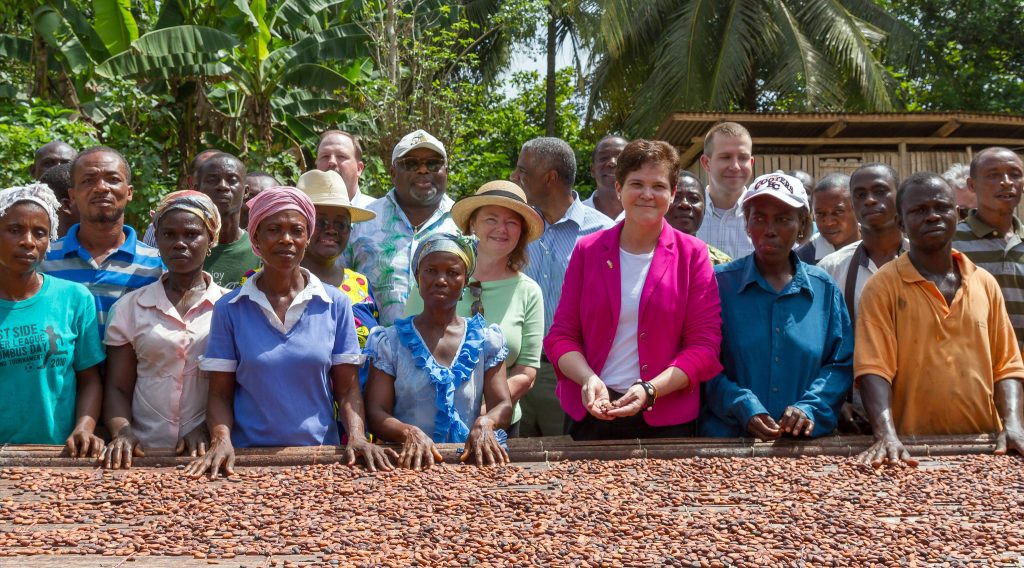
One reason is that large multinational corporations, such as Nestle, Hershey, and Mars, dominate the global cocoa market. These companies have significant power in setting cocoa prices and often engage in price fixing to keep prices low. This means that cocoa farmers are forced to sell their crops at low prices, often below the cost of production, leading to poverty and economic vulnerability. Moreover, the multinational corporations involved in the cocoa industry often exploit the labor of cocoa farmers, who are often children, through forced labor and other abusive practices. These companies also exert significant political influence in the countries where cocoa is produced, lobbying governments to maintain policies that benefit their interests over those of the farmers and the local communities. This economic exploitation of cocoa farmers in West Africa exemplifies neocolonialism. It perpetuates the historic power dynamics between wealthy and developing countries, where the former extract resources and labor from the latter at low prices while accruing significant profits.
Debt Dependency
Another way neocolonialism occurs is through debt dependency. Many developing countries have been forced to take on large amounts of debt from international financial institutions, such as the World Bank and the International Monetary Fund (IMF). These institutions may impose harsh conditions on the debtor countries, requiring them to implement policies that benefit the creditors at the expense of their people. This can lead to a situation where the debtor countries become dependent on their creditors, and outside forces dictate their economic policies.
One example of neocolonialism occurring through debt dependency is the case of Jamaica in the 1970s and 1980s. Like many other developing countries, Jamaica borrowed heavily from international financial institutions like the World Bank and the IMF to finance its economic development. However, by the 1970s, Jamaica had accumulated a sizeable external debt and struggled to meet its debt obligations. In 1972, the government of Jamaica, led by Prime Minister Michael Manley, embarked on a program of economic reforms to address the country’s debt crisis. The reforms included nationalizing specific industries, increasing public spending on social programs, and promoting greater economic self-reliance. However, international financial institutions viewed these policies with suspicion, fearing they would lead to a loss of investor confidence and a further deterioration of Jamaica’s economic situation.
In response, the IMF and other lenders imposed harsh conditions on Jamaica for continued lending. These conditions, which included the privatization of state-owned industries, cuts in social spending, and other austerity measures (reduced government spending), were designed to ensure that Jamaica could continue to service its debt obligations. However, they also had the effect of further weakening Jamaica’s economy and exacerbating poverty and inequality. This example demonstrates how debt dependency can be a tool of neocolonialism, as it allows more powerful countries and institutions to exert control over the economic policies of developing countries. In this case, Jamaica was forced to adopt policies that were not in its best interests but rather in the claims of its creditors, perpetuating a relationship of economic domination and exploitation.
Political Interference
Political interference is another form of neocolonialism. Wealthy countries often interfere in the political affairs of developing countries, usually to protect their economic interests. This can take the form of supporting authoritarian regimes that are friendly to their interests or destabilizing governments that are seen as a threat. This interference can undermine democracy and self-determination and can perpetuate neocolonial relationships.
One example of neocolonialism occurring through political interference is the United States’ involvement in Central and South American politics during the 20th century. During this period, the US government frequently intervened in the internal affairs of countries in the region, often using military force or covert operations to overthrow governments it viewed as hostile to its interests.
One notable example of this is the case of Chile, where the democratically-elected government of President Salvador Allende was overthrown in a US-backed coup in 1973. Allende had been implementing socialist policies that were viewed as threatening to US economic interests in the region. Under President Richard Nixon, the US government supported a campaign to destabilize his government and ultimately remove him from power. The US government provided financial and logistical support to opposition groups in Chile and worked to isolate Allende internationally. The Central Intelligence Agency (government spy department) also played a vital role in the coup, providing funding and training to the military officers who carried out the operation.
The coup resulted in a brutal dictatorship under General Augusto Pinochet, which lasted until 1990 and was marked by widespread human rights abuses, including torture, disappearances, and extrajudicial killings. The US government supported the Pinochet regime, providing military and economic assistance. This example demonstrates how political interference can be a tool of neocolonialism, as it allows more powerful countries to manipulate the political systems of weaker countries to further their own economic or geopolitical interests. In this case, the US government exerted significant control over Chilean politics and society, with devastating consequences for the Chilean people.
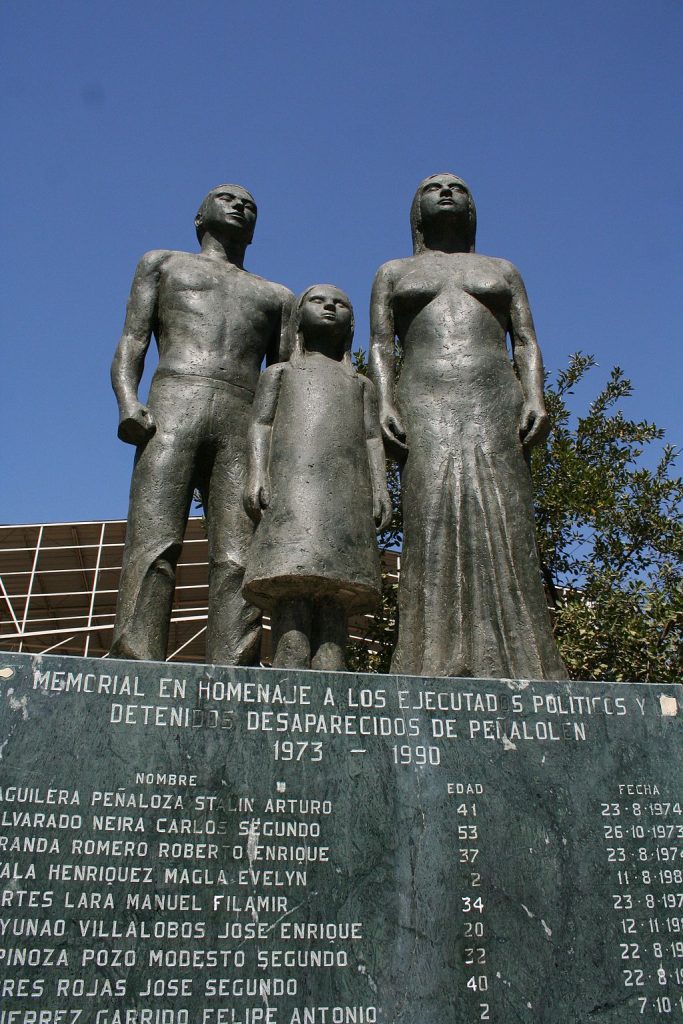
Cultural Domination
Cultural domination is also a form of neocolonialism. Western culture has dominated many parts of the world, which can be seen in the prevalence of English as a global language, the spread of American movies and music, and the adoption of Western norms and values. This cultural domination can be seen as a form of neocolonialism, as it can lead to a loss of cultural diversity and the suppression of local traditions and values. One example of this cultural domination is the practice of residential schools in Canada.
Rather than go to a traditional school like everyone else, Indigenous children were forced by the Canadian government to attend/live in a residential school. A residential school was a government-sponsored, religiously-run institution that was created to assimilate Indigenous children into European Canadian culture. From the 19th century until the late 20th century, Indigenous children were forcibly removed from their families and communities and placed in these schools, which were often located far from their homes. Indigenous children were not allowed to speak their languages or practice their own cultures at these schools. They were often subjected to physical, emotional, and sexual abuse. The stated goal of the residential school system was to “kill the Indian in the child” and to assimilate Indigenous children into Euro-Canadian society. The discovery of unmarked graves containing the remains of Indigenous children at former residential school sites has brought renewed attention to this issue. According to the National Centre for Truth and Reconciliation, as of March 2023, more than 6,000 unmarked graves have been found at 141 former residential school sites across Canada.
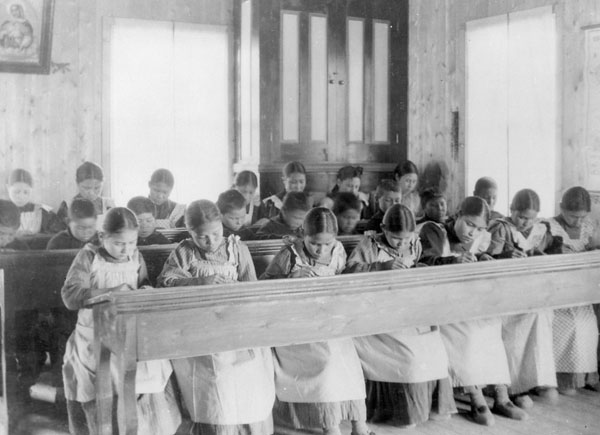
Resource Extraction
Neocolonialism can also occur through resource extraction. Multinational corporations often extract natural resources from developing countries, such as oil, gas, and minerals. This can lead to environmental degradation, displacement of local populations, and the exploitation of labor. These companies may also engage in corrupt practices, such as bribing government officials, to secure access to these resources. One example of neocolonialism through resource extraction is the case of the Ogoni people in Nigeria and the multinational oil corporation Royal Dutch Shell.
The Ogoni people are an Indigenous community living in the Niger Delta region of Nigeria, home to vast oil reserves. In the 1950s, Royal Dutch Shell began drilling for oil in the area. Over the years, the company has been accused of numerous environmental violations, including oil spills that have devastated local communities. In the 1990s, the Ogoni people organized peaceful protests against the environmental damage caused by Shell’s operations. They demanded compensation for the harm done to their land and livelihoods. In response, the Nigerian government, which has close ties to the oil industry, cracked down on the protests and arrested Ogoni leaders, including environmental activist Ken Saro-Wiwa.
Saro-Wiwa was later tried by a military tribunal and executed in 1995, along with eight other Ogoni activists. The international community widely condemned the executions, and Shell was accused of complicity in the crackdown on the Ogoni people. This is an example of neocolonialism through resource extraction because it demonstrates how multinational corporations, with the support of the government, can exploit the natural resources of Indigenous communities in developing countries while ignoring the harm caused to the people and the environment. The case also illustrates how the interests of multinational corporations can be prioritized over the rights of Indigenous peoples, leading to human rights abuses and environmental destruction.

In summary, neocolonialism is the continued exploitation and control of formerly colonized countries by more powerful nations. It occurs through economic, cultural, political, and resource-related means and perpetuates inequality and exploitation in the global system.
Stratification Systems
We can bring this back to a societal level by examining closed and open stratification systems. These refer to different ways social status is determined and social mobility is possible. Closed stratification systems are characterized by a lack of social mobility, with individuals being born into and remaining in the same social position for their entire lives. In closed systems, social status is determined by family background, race, or ethnicity. There are few opportunities for individuals to move up the social ladder. Let’s look at a few closed stratification systems before moving to open.
Slave Systems
A slave system is a closed stratification system in which people are owned by other people and forced to work without pay. Slavery has been practiced in various forms throughout history and in different parts of the world. Chattel slavery was a system of forced labor in which people were considered property and could be bought and sold like any other commodity. This system was practiced legally in the United States until 1865. Chattel slavery was primarily associated with the plantation system, which produced crops such as tobacco, rice, and cotton. Enslaved Africans were brought to the Americas to work on these plantations. They were often kidnapped from their homes in Africa and forced to endure a brutal journey across the Atlantic Ocean known as the Middle Passage. Upon arrival in the Americas, they were sold at slave auctions and forced to work in harsh conditions on plantations.
Enslaved people had no legal rights and were entirely at the mercy of their owners. They could be beaten, whipped, or even killed by their owners without repercussions. Enslaved people were also separated from their families and communities, with children often sold away from their parents. This caused immense suffering and trauma for enslaved people and destroyed African cultures and traditions in the Americas. The practice of chattel slavery was deeply embedded in American society and economy. The profits from selling enslaved people and the labor they provided helped build the American economy and contributed to the country’s wealth. However, the legacy of chattel slavery in America continues to affect American society and culture profoundly.
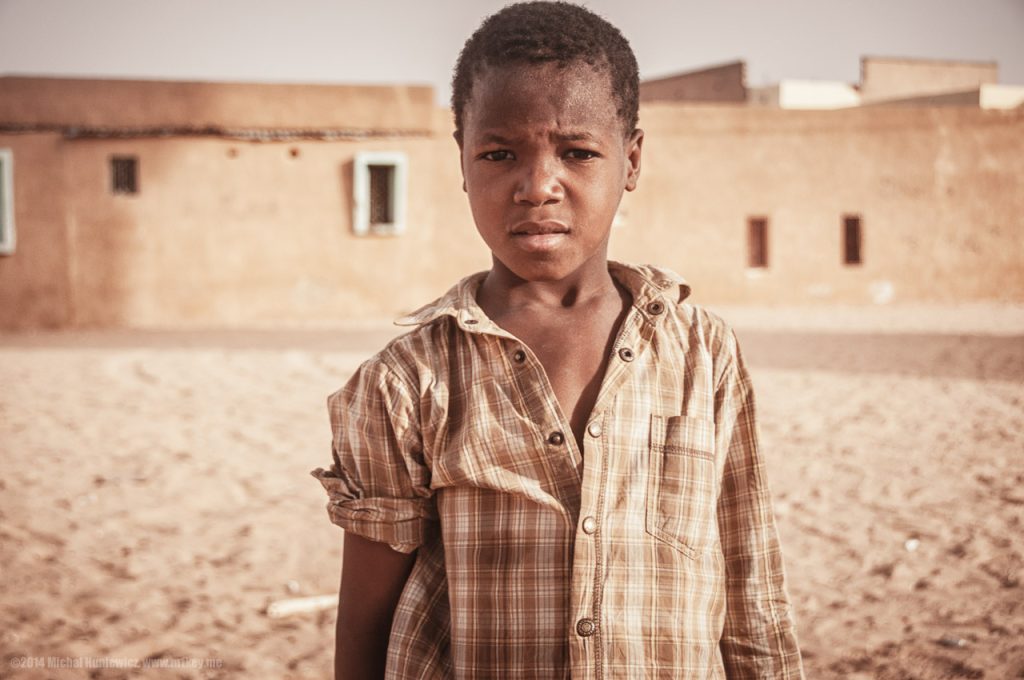
Debt bondage, also known as bonded labor, is a form of modern-day slavery in which people are forced to work to pay off a debt. For example, In India, many people are forced to work in brick kilns to pay off a debt. These workers are often poor and illiterate, and false promises of high wages and good working conditions lure them. Once they start working, they find their wages too low to cover their basic needs, and they are charged exorbitant rates for food, lodging, and other expenses. The debt becomes a tool of control, forcing them to work long hours under harsh conditions to pay off the debt. In Thailand, migrant workers from neighboring countries are often forced to work on fishing boats to pay off a debt. These workers are recruited by brokers who promise them good wages and safe working conditions, but once they arrive in Thailand, they find themselves trapped in debt bondage. They are forced to work long hours under dangerous conditions and are not allowed to leave the boat. Their passports are often confiscated, making it difficult for them to escape or seek help. Slavery and its other forms, like forced labor and sex slavery, are illegal in most countries. Still, it persists in various forms in parts of the world.
Caste Systems
A caste system is a social hierarchy that divides people into different groups based on their birth or social status. These groups are usually ranked in order of perceived social importance or worth, with each group having its own rights, privileges, and restrictions. In a caste system, people are typically born into a specific caste and remain in that caste for their entire life. Social mobility is limited, and people are generally expected to marry within their caste. This system often results in significant inequality and discrimination against lower-caste individuals.
Caste systems can also be associated with specific occupations or professions. For example, in traditional Hindu society in India, the caste system was divided into four main castes: Brahmins (priests and scholars), Kshatriyas (warriors and rulers), Vaishyas (merchants and traders), and Shudras (manual laborers and artisans). Each caste had its own set of duties and obligations, and intermarriage between castes was discouraged. Below the four main castes were the Dalits, also known as “untouchables.” They were considered outside the caste system and were traditionally assigned to jobs that were considered unclean, such as disposing of human waste. They faced severe discrimination and were often excluded from education and other opportunities. Officially, the Indian Constitution prohibits discrimination based on caste, and affirmative action policies have been implemented to promote the inclusion of lower castes in education and employment.
There is an overlap between the two closed systems, slave and caste. For example, in the Devadasi system in India, young girls from lower-caste families were dedicated to a temple and forced into prostitution. These girls were considered the temple’s property and often abused by the priests. Despite these efforts, the caste system remains deeply ingrained in Indian society and continues to be a significant challenge to social and economic development within India and outside of it.
The caste system in South Africa developed during the colonial and apartheid eras of South African history. This system was designed to separate people into different racial groups and allocate privileges and opportunities based on their racial classification. During the colonial period, white Europeans arrived in South Africa. They began to establish a system of racial segregation in which whites were given special rights and privileges over black South Africans. This system was expanded and codified during the apartheid era, which lasted from 1948 to 1994.
Under apartheid, the government divided people into four racial categories: white, Indian/Asian, colored (mixed-race), and black. These categories determined access to education, housing, employment, and other opportunities. White South Africans enjoyed the greatest privileges and held the most power in the country. At the same time, black South Africans were systematically disadvantaged and discriminated against. The apartheid system was enforced through a series of laws that restricted the movement and rights of black South Africans, including the infamous pass laws that required black South Africans to carry identification documents at all times. The caste system in South Africa was thus primarily based on race, with whites occupying the highest caste and black South Africans occupying the lowest caste. Other racial groups, such as Indians and coloreds, occupied a middle caste but were still subject to discrimination and restricted opportunities.
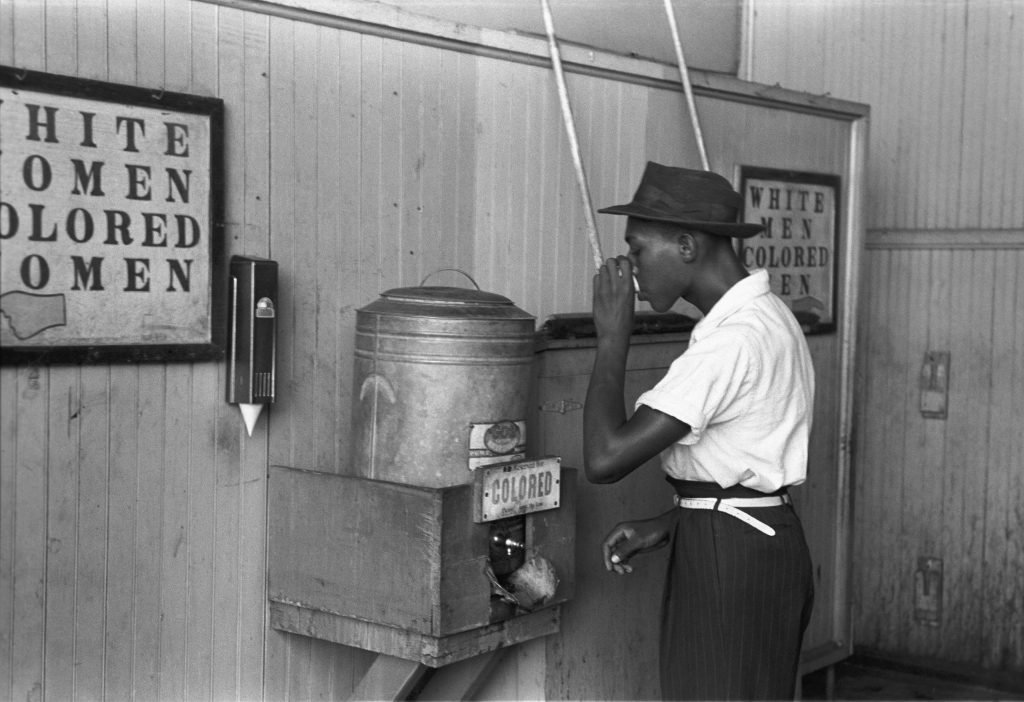
Class Systems
Open stratification systems, on the other hand, allow for greater social mobility, with individuals having the opportunity to change their social position based on their own efforts or achievements. In open systems, social status is typically determined by education, occupation, and income. Individuals have greater freedom to move between social classes. In a class system, individuals may be born into a lower-income family but have the opportunity to gain education and job skills that allow them to move into higher-paying jobs and increase their social status. By going up, picture climbing the rungs on a ladder, they are exhibiting vertical mobility. Open stratification systems are generally considered fairer than closed systems, providing more significant opportunities for individuals to succeed based on their efforts and abilities. For example, China has transformed from a closed system to a more open one. The hukou system is a household registration system introduced in the 1950s. Under this system, each Chinese citizen is registered under a particular hukou, tied to their birthplace or parents’ place of registration. The hukou determines a person’s access to social welfare benefits, education, healthcare, and other public services.

The hukou system is divided into two categories: rural and urban. Individuals with rural hukou are registered in rural areas, while those with urban hukou are registered in cities. The system has historically restricted social mobility by limiting access to education, employment, and other opportunities for those with rural hukou. In the past, the hukou system was strictly enforced, and individuals were not allowed to change their hukou without permission from the government. This made it difficult for people from rural areas to move to cities and pursue economic opportunities. As a result, many people from rural areas remained impoverished. At the same time, those with urban hukou had access to better education and job opportunities.
However, in recent years, the Chinese government has relaxed the hukou system to promote social mobility. The class system in China is largely based on economic status, educational attainment, and political power (as it is in all other countries in the world). At the top of the class system in China are wealthy and powerful elites, including government officials, business leaders, and celebrities. These individuals have significant wealth, access to education, and political power, often influencing the country’s economy and social policies.
Below the elites are the middle class, which has increased in recent years. This group includes professionals such as doctors, lawyers, engineers, and entrepreneurs. They have access to higher education and are often the driving force behind China’s economic growth. At the bottom of the class system in China are the working-class and rural populations. This group includes factory workers, farmers, and migrant workers with limited education and social welfare benefits access. They often work long hours for low pay and are at risk of falling into poverty. For example, many workers in China’s manufacturing industry work long hours in factories producing goods for export (think world systems from above). Many of these workers are migrants from rural areas who have moved to cities for work. There is no set number of classes; they can be subdivided further and further based on education, occupation, and other factors. However, social mobility can be limited by political connections, regional disparities, and discrimination based on gender, ethnicity, etc. That said, China’s class hierarchy reflects most other countries.
Conspicuous Consumption
But what if you aren’t rich, as most of the world isn’t, but want to look at least like you are? Conspicuous consumption is a term coined by Thorstein Veblen in his 1899 book, “The Theory of the Leisure Class.” It refers to displaying one’s wealth or social status through lavish and often unnecessary spending on goods and services intended to impress or signal one’s social standing. In other words, conspicuous consumption is when people buy and show off expensive, flashy items like designer clothes, luxury cars, or expensive jewelry, not necessarily because they need them but because they want to display their wealth and social status to others.
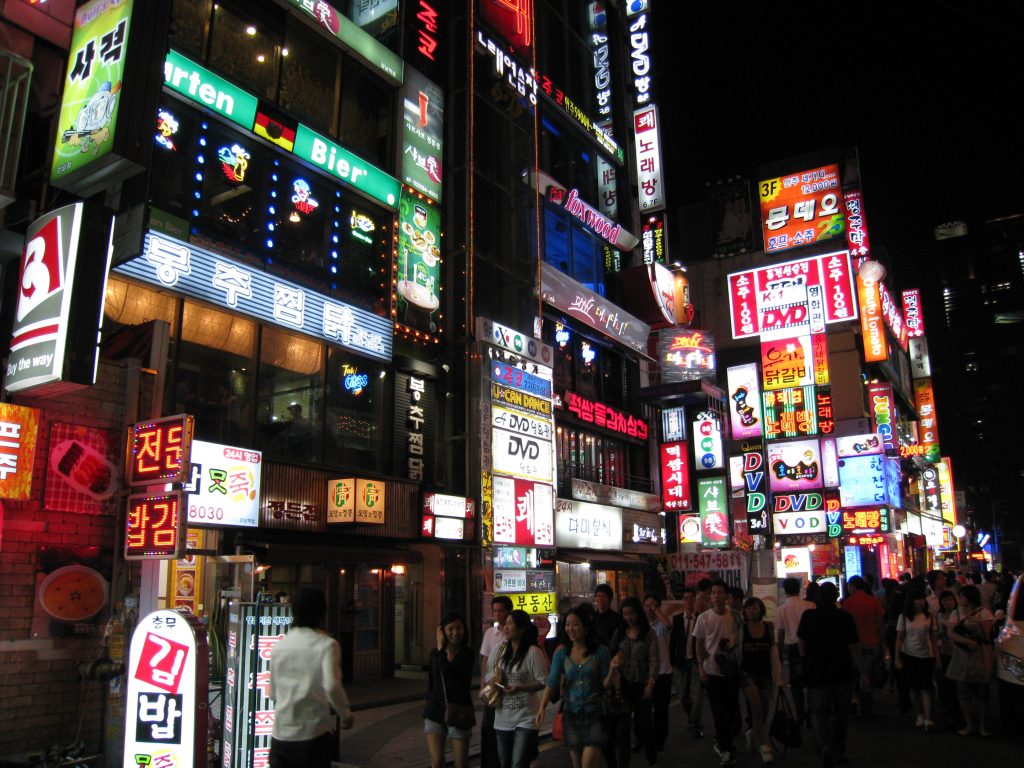
Veblen argued that conspicuous consumption was a way for the wealthy to distinguish themselves from the lower classes and to signal their superior status to their peers. He also suggested that conspicuous consumption was not just a matter of personal taste or preference but a social phenomenon shaped by cultural norms and values. Today, conspicuous consumption is still prevalent in many societies, particularly among the wealthy and the aspirational middle class. Critics argue that it promotes a culture of materialism and waste and contributes to social inequality by reinforcing that wealth and status are the most significant markers of success and achievement. Think of what you see on social media; does it seem representative of reality? Are the pictures and videos you post displaying your actual or aspired wealth?
Chapter Summary
Social stratification refers to the ranking of people and the rewards they receive based on social factors, often including wealth, power, or prestige. Social stratification is a shaped feature of society, not simply ranking individual differences. Every society has some system of social stratification. Each system of stratification tends to endure from generation to generation. Stratification persists because ideology supports it. Ideology is cultural beliefs that justify various social arrangements, including inequality. All societies have systems by which they stratify or rank their members. For example, some societies may use political power to separate people by giving certain groups special privileges unavailable to others. Societies might use wealth to stratify people into social classes; the more money you have, the higher your status. Still, others use birth status and family of origin to divide people; certain families regarded as “nobility” hold privileged positions. Social stratification systems are how societies rank different groups. The three most common social stratification systems are slavery, caste, and class systems. Global stratification categorizes countries based on objective criteria like wealth, power, and prestige. These criteria highlight social patterns and inequality throughout the world.
Major Points of the Chapter
After reading this chapter, you should be able to:
- Recognize how a nation’s population, geographic area, and wealth can affect global stratification.
- Define slavery, chattel slavery, debt bondage, and contract slavery.
- Identify the three most common social stratification systems.
- Compare and contrast the analysis of global stratification using the world systems theory.
- Identify traces of neocolonialism around the world.
- Illustrate forms of conspicuous consumption.
Study Questions
Figure 5.1″Great Wall at the Waterholes Canyon, v2” by alexanderferdinand is licensed under CC BY 2.0.
Figure 5.1 “Rocinha Favela” by AHLN is licensed under CC BY 2.0.
Figure 5.2 Mirkyton, CC0, via Wikimedia Commons
Figure 5.3 “20151118-OSEC-UNK-2947” by USDAgov is licensed under CC BY 2.0.
Figure 5.4 File:Memorial DDHH Chile 59 Plaza Ictinos.jpg, CC BY 3.0, via Wikimedia Commons
Figure 5.5 “Study period at Roman Catholic Indian Residential School, [Fort] Resolution, Northwest Territories / Période d’étude au Pensionnat indien catholique de [Fort] Resolution (Territoires du Nord-Ouest)” by BiblioArchives / LibraryArchives is licensed under CC BY 2.0.
Figure 5.6 “File:Vigil on the 17th Anniversary of Ken Saro-Wiwa and the Ogoni.jpg” by Platform London is licensed under CC BY 2.0.
Figure 5.7 “Boy in Maata Moulana” by M1key.me is licensed under CC BY 2.0.
Figure 5.8 Russell Lee, Public domain, via Wikimedia Commons
Figure 5.9 “Hukou book” by Micah Sittig is licensed under CC BY 2.0.
Figure 5.10 ☺Yoshi☻ from Seoul, South Korea, CC BY 2.0, via Wikimedia Commons

